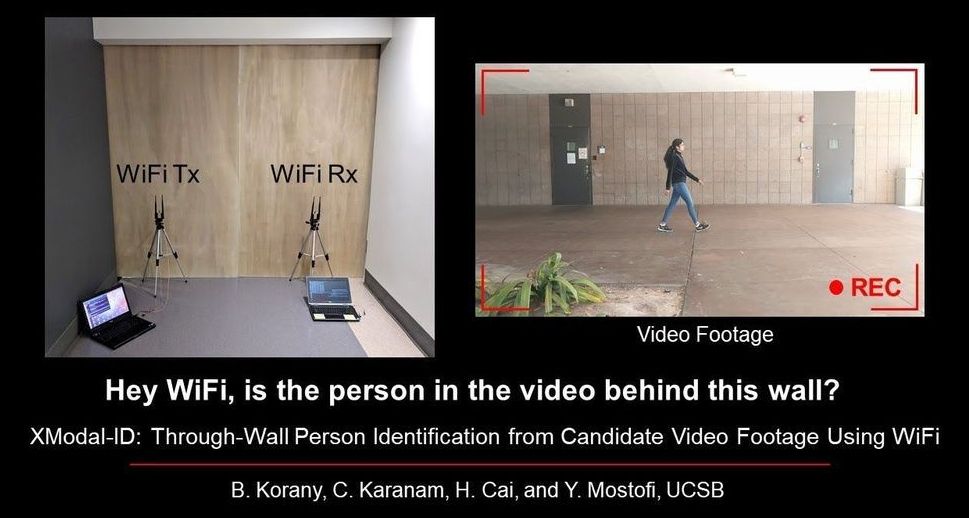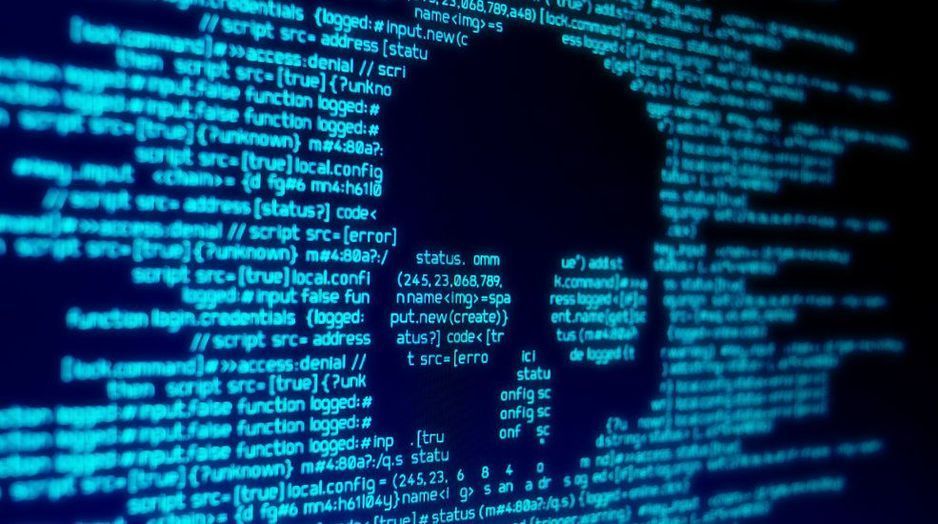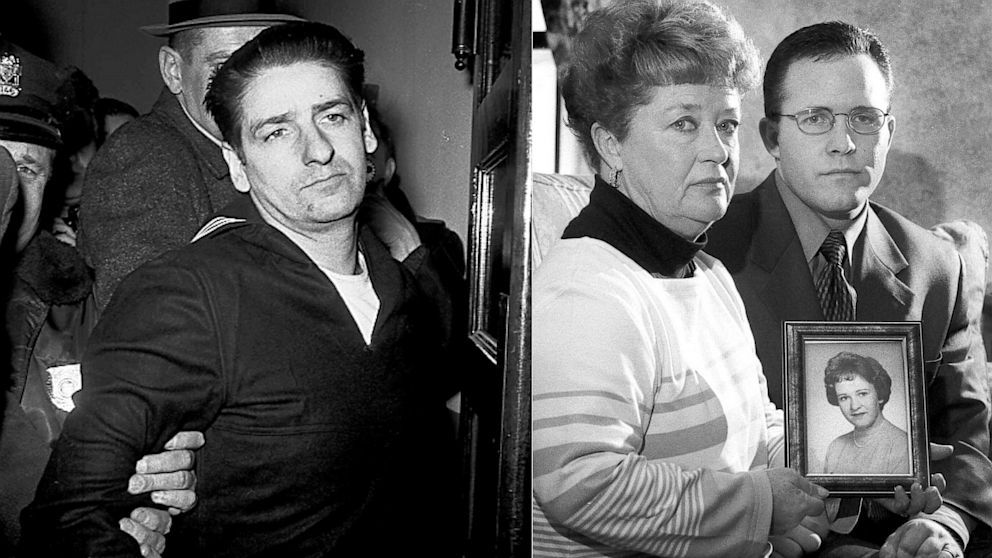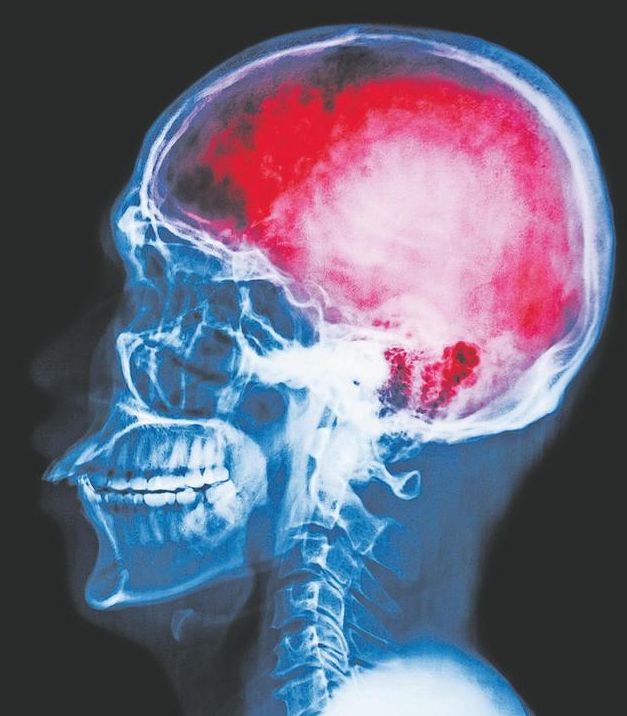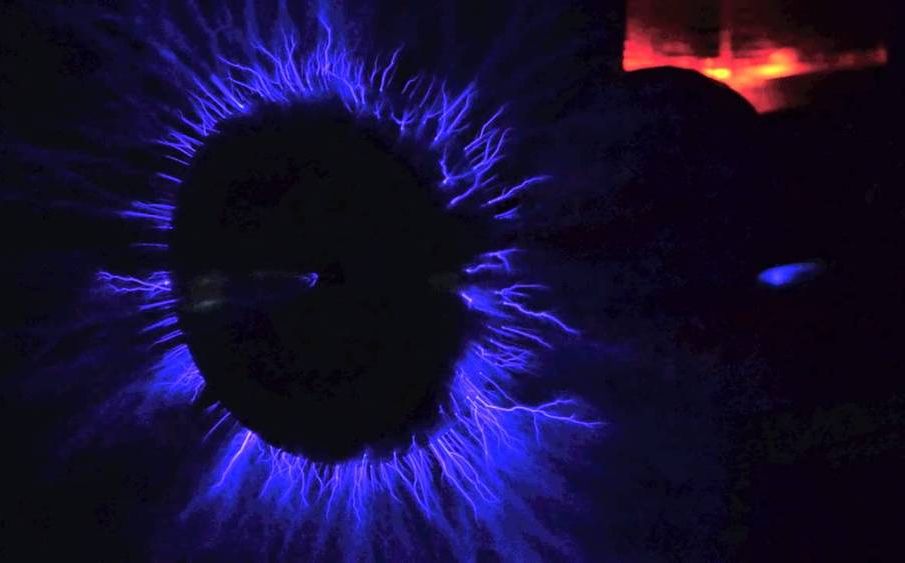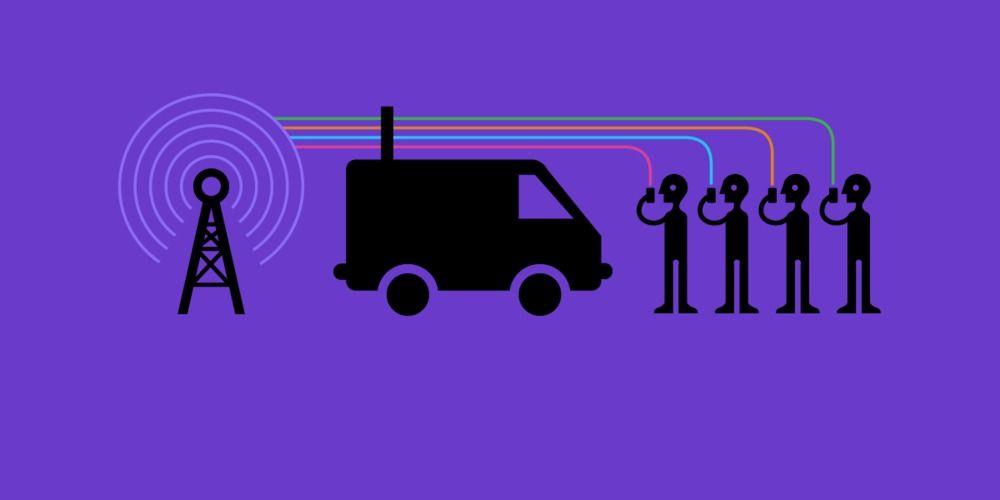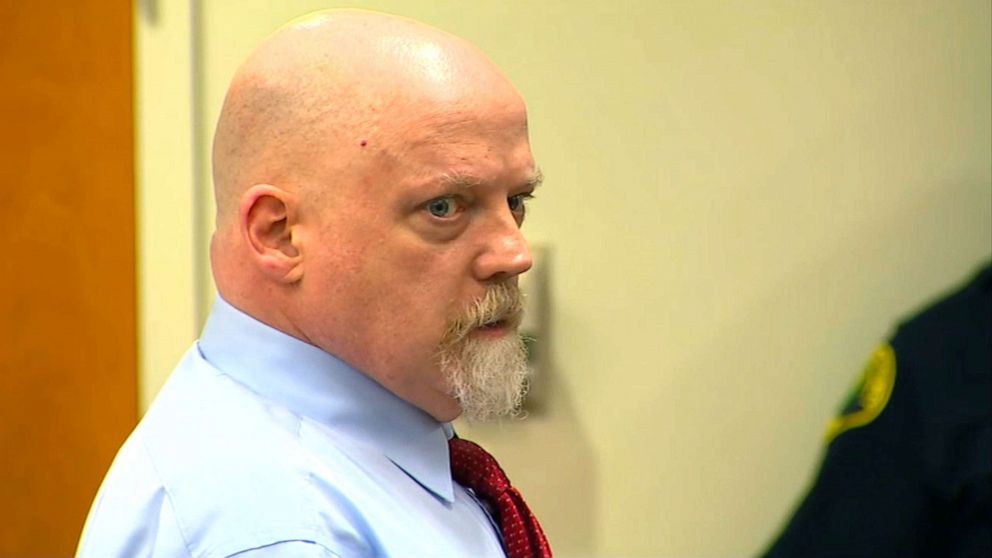Researchers in the lab of UC Santa Barbara professor Yasamin Mostofi have enabled, for the first time, determining whether the person behind a wall is the same individual who appears in given video footage, using only a pair of WiFi transceivers outside.
This novel video-WiFi cross-modal gait-based person identification system, which they refer to as XModal-ID (pronounced Cross-Modal-ID), could have a variety of applications, from surveillance and security to smart homes. For instance, consider a scenario in which law enforcement has a video footage of a robbery. They suspect that the robber is hiding inside a house. Can a pair of WiFi transceivers outside the house determine if the person inside the house is the same as the one in the robbery video? Questions such as this have motivated this new technology.
“Our proposed approach makes it possible to determine if the person behind the wall is the same as the one in video footage, using only a pair of off-the-shelf WiFi transceivers outside,” said Mostofi. “This approach utilizes only received power measurements of a WiFi link. It does not need any prior WiFi or video training data of the person to be identified. It also does not need any knowledge of the operation area.”
